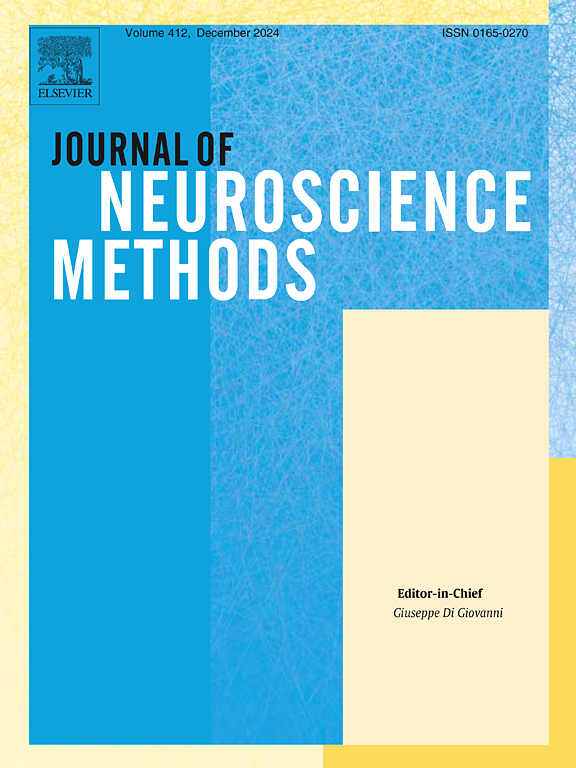Predictive models of clinical outcome of endovascular treatment for anterior circulation stroke using machine learning
IF 2.7
4区 医学
Q2 BIOCHEMICAL RESEARCH METHODS
引用次数: 0
Abstract
Background and purpose
Mechanical Thrombectomy (MT) has recently become the standard of care for anterior circulation stroke with large vessel occlusion, but predictive factors of successful MT are still not clearly defined. To tailor treatment individually for each patient, the aim of this study was to evaluate the performances of Machine Learning to predict clinical outcome (mRS) at 3 months after MT.
Material and methods
From the ETIS French prospective multicenter registry, data from patients who underwent MT for anterior circulation stroke with large vessel occlusion between January 2018 and December 2020 were extracted. Three machine learning models (Support Vector Machine, Random Forest and XGBoost) have been trained with clinical, biological and brain imaging data available in emergency conditions from the cohort of patients treated from 2018 to 2019. Models’ performances to predict good outcome (3-months mRS <3) were evaluated on patients treated in 2020. Performances were evaluated with AUC, accuracy, sensitivity and specificity, then ROC curves AUC were compared with the best performing model.
Results
4297 patients were included, 1737 (40 %) with good outcome and 2560 (60 %) with bad outcome were used to train models and 599 patients treated in 2020 were used to evaluate their performances. The best model was obtained with XGBoost: AUC = 0.77, accuracy = 69.3 % but no statistically significant difference existed between models.
Conclusion
Our study shows satisfying performances of machine learning to predict clinical outcome after MT using data easily available at initial diagnosis and before the decision to treat.
使用机器学习的前循环卒中血管内治疗临床结果预测模型。
背景与目的:机械取栓术(MT)近年来已成为前循环卒中合并大血管闭塞的标准治疗方法,但MT成功的预测因素仍未明确定义。为了为每位患者量身定制治疗方案,本研究的目的是评估机器学习的性能,以预测MT后3个月的临床结果(mRS)。材料和方法:从ETIS法国前瞻性多中心注册中心提取2018年1月至2020年12月期间接受MT治疗的前循环卒中大血管闭塞患者的数据。利用2018年至2019年接受治疗的患者队列在紧急情况下提供的临床、生物和脑成像数据,对三种机器学习模型(支持向量机、随机森林和XGBoost)进行了训练。结果:纳入4297例患者,其中1737例(40%)预后良好,2560例(60%)预后不良用于训练模型,并使用2020年治疗的599例患者对其性能进行评估。使用XGBoost获得最佳模型:AUC = 0.77,准确率= 69.3%,但模型间差异无统计学意义。结论:我们的研究显示,机器学习在预测MT后的临床结果方面表现令人满意,使用的是在初始诊断和决定治疗之前容易获得的数据。
本文章由计算机程序翻译,如有差异,请以英文原文为准。
求助全文
约1分钟内获得全文
求助全文
来源期刊

Journal of Neuroscience Methods
医学-神经科学
CiteScore
7.10
自引率
3.30%
发文量
226
审稿时长
52 days
期刊介绍:
The Journal of Neuroscience Methods publishes papers that describe new methods that are specifically for neuroscience research conducted in invertebrates, vertebrates or in man. Major methodological improvements or important refinements of established neuroscience methods are also considered for publication. The Journal''s Scope includes all aspects of contemporary neuroscience research, including anatomical, behavioural, biochemical, cellular, computational, molecular, invasive and non-invasive imaging, optogenetic, and physiological research investigations.
 求助内容:
求助内容: 应助结果提醒方式:
应助结果提醒方式:


